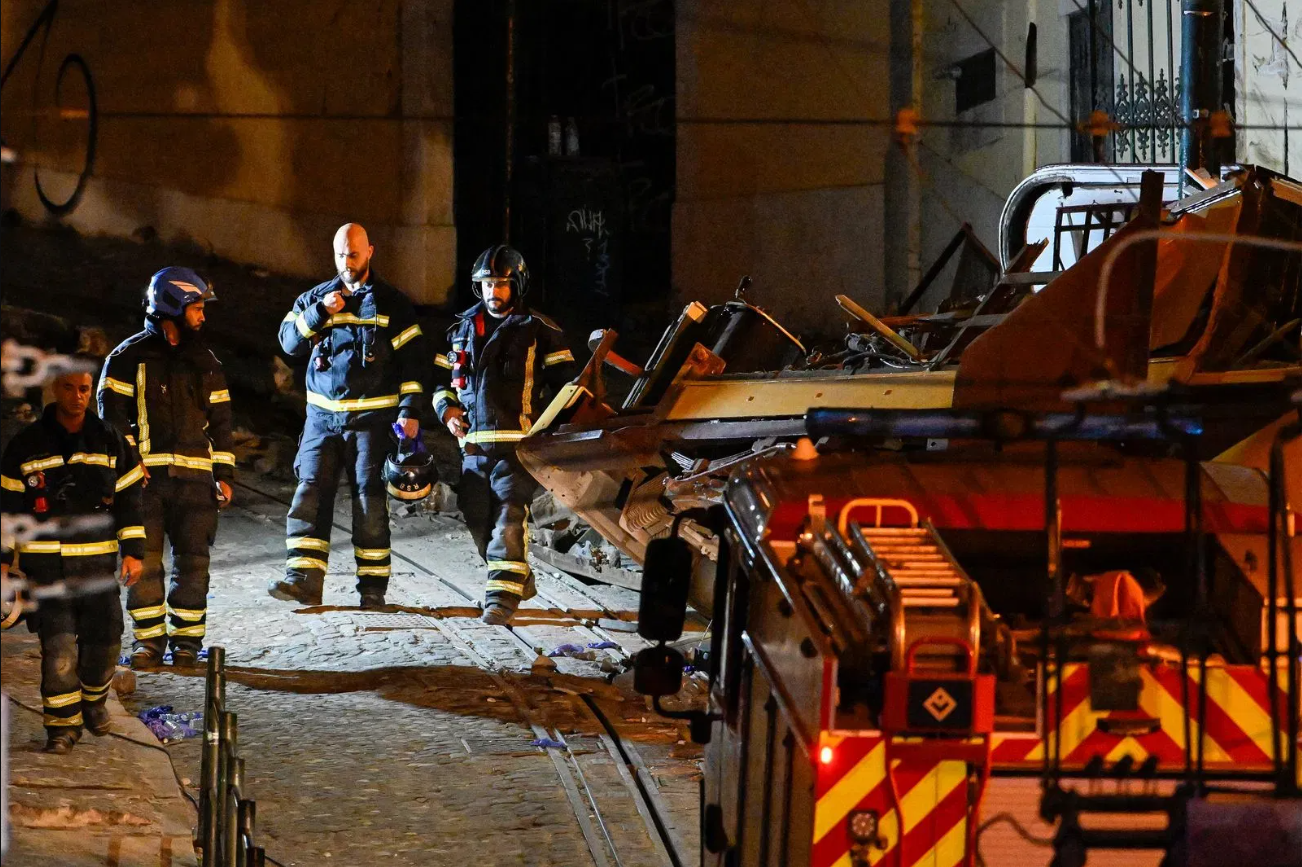At what should have been a golden hour in Lisbon, a moment filled with the charm of a city alive with its historic character, tragedy struck. The Elevador da Glória, one of Lisbon’s most beloved landmarks, derailed on Wednesday evening, killing 15 people and injuring 18 others, several critically. The incident has shocked Portugal and placed the spotlight on the safety of its historic public transport systems.
:max_bytes(150000):strip_icc():focal(749x0:751x2)/funicular-lisbon-crash-1-090325-0e22eef3cf3b4cb1ac93cb10b41cb0a2.jpg)
The Elevador da Glória is more than just a means of transport. Since 1885, the funicular has carried millions of passengers up and down the steep incline between Restauradores Square and the Bairro Alto neighborhood. It is a national monument, a favorite with tourists, and a proud symbol of the city. But on this day, its familiar yellow and white cars turned into a scene of chaos and horror.
Witnesses described hearing a loud snap before the tram suddenly lost control. It raced down the steep slope of Calçada da Glória with terrifying speed before crashing into a building and collapsing upon impact. Those inside had little chance to escape the devastation. Emergency services quickly arrived, deploying 62 rescuers and 22 vehicles to pull survivors from the wreckage. Among the injured were foreign tourists, and five people including a child remain in critical condition.
Lisbon’s mayor, Carlos Moedas, expressed deep sorrow, calling it a tragic day for the city. President Marcelo Rebelo de Sousa also described the accident as a national tragedy and announced a day of mourning. Flags in Lisbon will fly at half mast, and the city council has extended mourning to three days.

Early investigations suggest that a cable failure caused the derailment. Officials reported that one of the critical haulage cables came loose, leaving the tram with no braking power. The municipal transport company, Carris, which operates the funiculars, stated that maintenance was up to date with daily, weekly, and monthly checks in place. However, controversy is already mounting as it has emerged that a planned public procurement for long term maintenance had recently been abandoned due to budget constraints. This revelation has raised urgent questions about whether financial pressures contributed to the disaster.
The Elevador da Glória is part of a trio of historic funiculars in Lisbon, alongside the Bica and Lavra lines. Each is a vital part of the city’s transport network as well as a tourist attraction. Following the accident, all three funiculars have been suspended until further safety inspections are completed. Authorities say the investigation will be thorough and transparent, with results to be shared publicly.

For Lisbon, the crash is not only a loss of lives but also a deep blow to the cultural heart of the city. The Elevador da Glória has long been more than just transport. It is woven into the everyday life of locals, the memories of visitors, and the identity of the city itself. To lose it in such tragic circumstances has left Lisbon in collective grief.
As the city mourns, attention now turns to accountability and safety. Infrastructure that has stood for centuries must meet the demands of modern use, and this disaster underscores the cost of neglect. With millions of visitors relying on Lisbon’s historic transport each year, the stakes for ensuring safety have never been higher.
Lisbon will remember this tragedy for years to come. Families grieve, questions linger, and the streets that once rang with the cheerful clatter of the funicular are now marked by sorrow. Yet amid the mourning, there is a renewed determination that such a tragedy should never happen again.
Stay informed about global news and technology updates by following Tech Moves on Instagram and Facebook.








